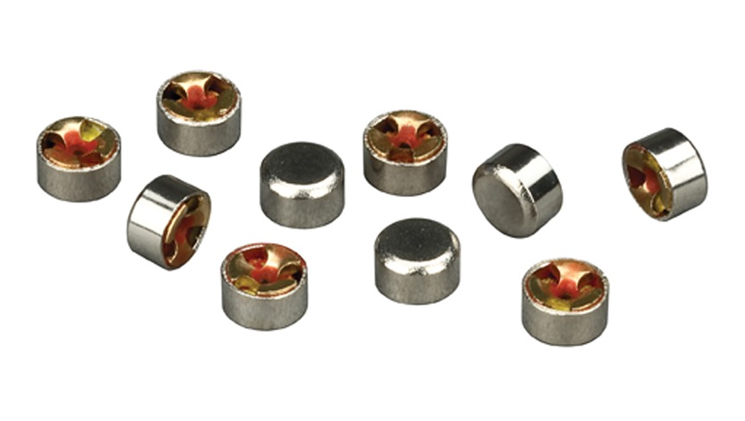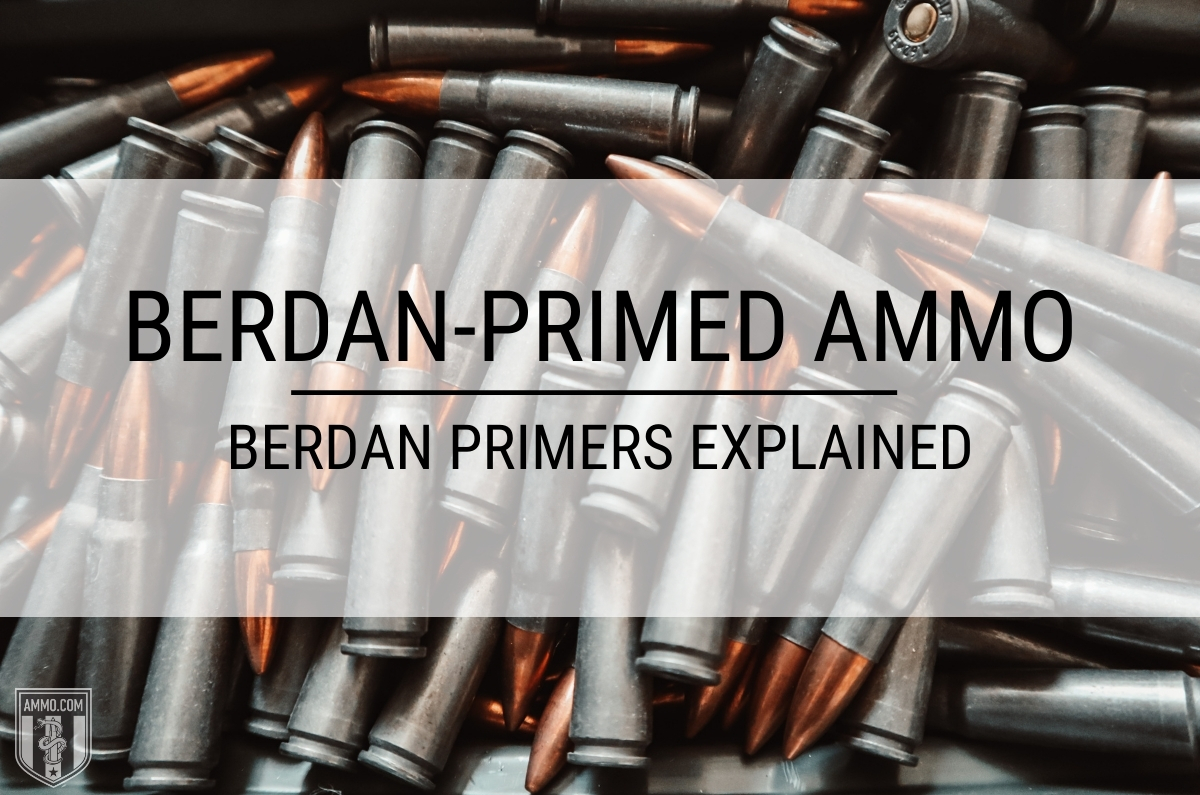Some Ideas on Pistol Primers You Need To Know
Wiki Article
The 3-Minute Rule for Reloading Primers
Table of ContentsExamine This Report on Small Pistol PrimersLittle Known Facts About Federal Primers.Some Known Incorrect Statements About Small Pistol Primers 4 Easy Facts About Reloading Primers ShownAn Unbiased View of Cci Primers
Element of the weapon cartridge for initiating propellant combustion In firearms and weapons, the guide () is the chemical and/or tool in charge of starting the propellant combustion that will certainly push the projectiles out of the gun barrel. In very early black powder guns such as muzzleloaders, the primer was essentially the same chemical as the major propellant (albeit typically in a finer-powdered type), yet put right into an outside flash pan, where maybe fired up by an ignition source such as a slow suit or a flintlock Some muzzleloaders have primers like cap weapon caps.
In weapons the guides are frequently a separate element, put inside the barrel to the rear of the main propellant chargebut there are various other examples of weapons, including for instance some automated tools, designed to shoot cartridges with indispensable electrical guides.
Indicators on Remington Primers You Should Know

With the development of hand-held guns, this came to be an undesirable means of firing a gun. Holding a burning stick while attempting to pour a fee of black powder carefully down a barrel is harmful, as well as trying to hold the gun with one hand while concurrently intending at the target and looking for the touchhole makes it really challenging to fire accurately. The first effort to make the process of shooting a tiny arm simpler was the "matchlock".
The suit was a slow-burning fuse constructed from plant fibers that were saturated in a remedy of nitrates, charcoal, as well as sulfur, as well as dried (https://www.livebinders.com/b/3207356). This "slow-match" was ignited before the gun was needed, and also it would slowly burn, maintaining a hot ember at the burning end. After the gun was loaded as well as the touchhole keyed with powder, the burning tip of the suit was positioned to make sure that the lock would certainly bring it into call with the touchhole.
Some Known Questions About Primers For Sale.
This brought the suit to the touchhole, igniting the powder. With cautious attention, the slow-burning suit might be maintained burning for lengthy periods of time, as well as using the lock system made rather accurate fire possible. The following revolution in ignition technology was the "wheel-lock". It used a spring-loaded, serrated wheel which rubbed versus a piece of iron pyrite, similar to a contemporary lighter.

The protected flashpan additionally gave some capacity to stand up to bad weather condition. federal primers. Wind, rainfall, and also damp climate would certainly provide a matchlock worthless, but a wheel-lock that was loaded and waterproofed with a little oil around the flashpan could be fired under the majority of problems. The wheel-lock enjoyed just a quick duration of appeal prior to being superseded by an easier, much more durable layout.
Reloading Primers Fundamentals Explained
As the name implies, the flintlock used flint rather than iron pyrite. The flint was kept in a spring-loaded arm, called the "dick" from the similarity of its motion to a pecking poultry. The cock rotated via about a 90-degree arc and was kept in the tensioned, or "cocked" setting by a trigger. https://creativecommons.org/choose/results-one?q_1=2&q_1=1&field_commercial=yes&field_derivatives=n&field_jurisdiction=&field_format=Text&field_worktitle=Reloading%20Primers&field_attribute_to_name=&field_attribute_to_url=https://reloadingprimers.net/&lang=en_EN&language=en_EN&n_questions=3.The "half-cock" setting held the penis halfway back, and also utilized a deep notch so that drawing the trigger would certainly not release the cock. Half-cock was a safety placement, used when filling, storing or lugging a loaded flintlock. The "full-cock" position held the dick right back as well as was the setting where the weapon was discharged.
It acted as both a flashpan cover and a steel striking surface area for the flint. The frizzen was hinged as well as spring-loaded so that it would certainly secure the open or closed setting. When closed, the striking surface was positioned to make sure that the flint would strike at the appropriate angle to create a trigger.
Things about Remington Primers
The flintlock system was easier as well as stronger than the wheel-lock, and also the flint and steel provided a good, trustworthy resource of ignition. The flintlock stayed in army solution for over 200 years, as well as flintlocks are still made today for historic re-enactments and also muzzle-loading target competition, and also for hunters who enjoy the added difficulty like this that the flintlock offers.Percussion ignition was invented by Scottish clergyman Rev. Alexander John Forsyth in 1807 yet required better improvements prior to it was progressively accepted in the 1820s to 1830s. By the middle of the 19th century, the percussion or caplock system was well developed. It was taken on by both sides in the American Civil Battle, as it was easier and also a lot more reliable than the flintlock.
The flashpan as well as frizzen were removed and changed by a little, hollow horizontal cylinder (drum) screwed right into the bored-out and also tapped flash opening and also bring a "nipple area" over which the cap might be fitted. A "hammer" which also had half-cock (for packing and using the cap) and full-cock settings replaced the cock.
Report this wiki page